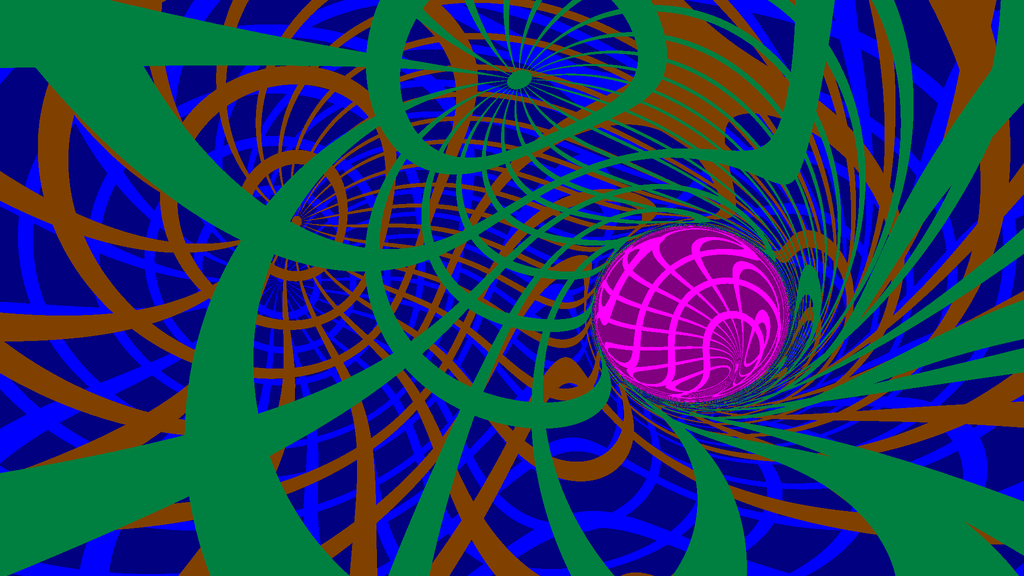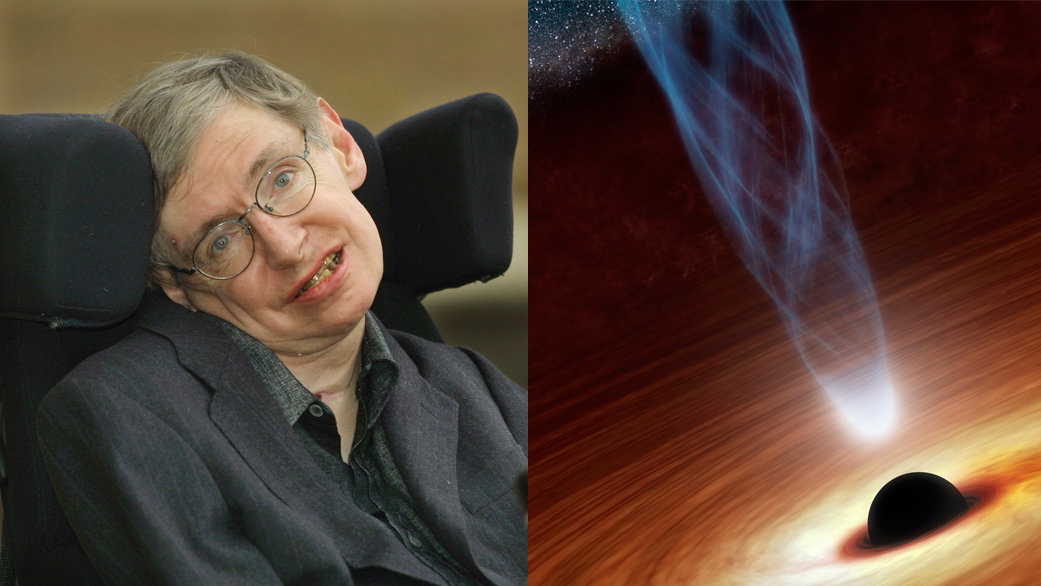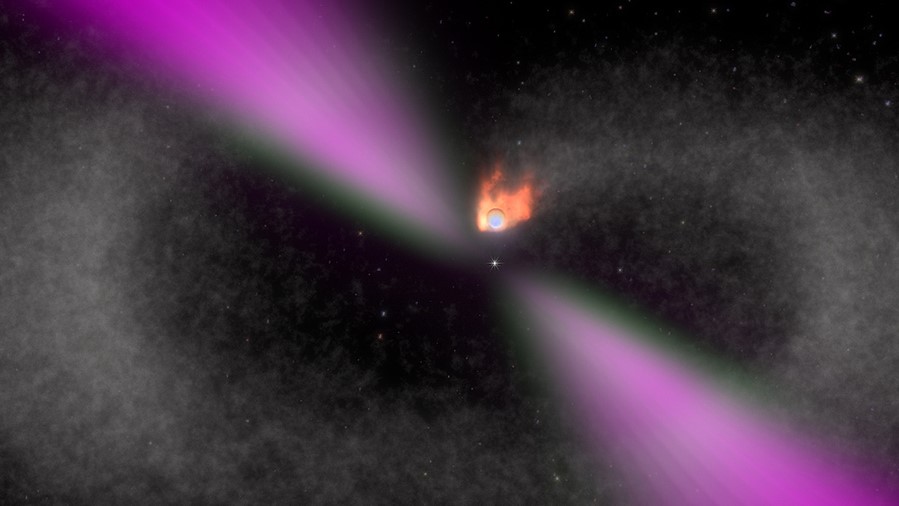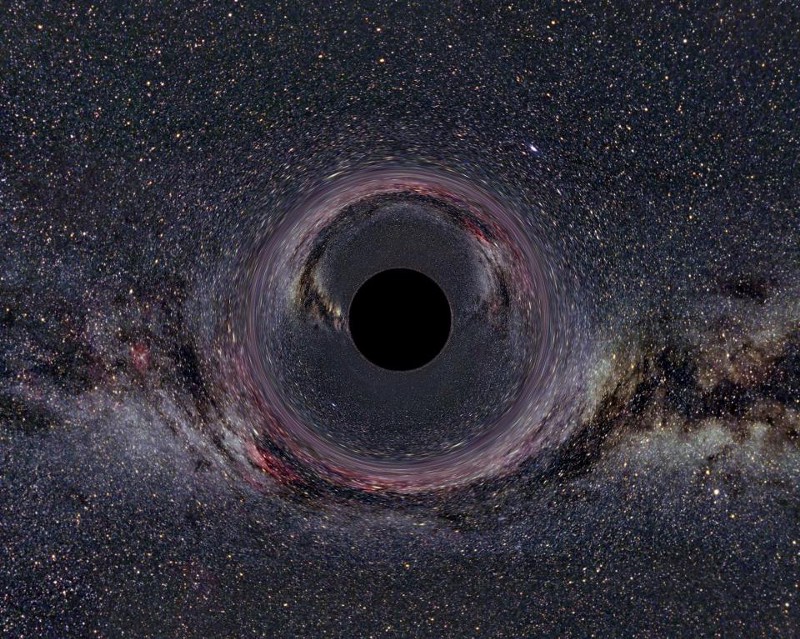What does the center of a black hole look like?
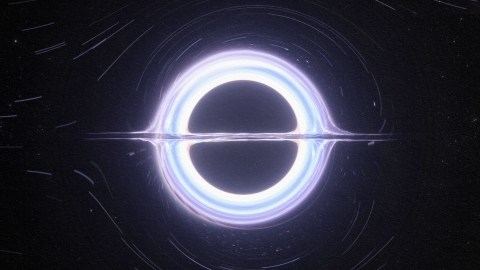
- Black holes are regions in space where gravity is so strong that nothing, not even light, can escape, characterized by a boundary known as the event horizon.
- At the center of a black hole lies, in theory, a singularity: a point where current scientific theories break down due to infinite spacetime curvature.
- Ultimately, the mysteries of what lies within black holes may remain forever beyond our reach.
A black hole is one of the most fascinating of all cosmic phenomena. Essentially, black holes are locations in space that completely overturn our intuition of how space and time behave. In movies, they are often depicted as the ultimate danger — ravenous monsters that will reach out and grab any unwitting spaceship that falls into their gravitational field. Even weirder, their interior is cloaked in mystery. Scientists using Einstein’s theory of general relativity tell us that the center of a black hole is a singularity: a place where an amount of mass equivalent to at least five times that of our Sun is compressed into a spot with zero volume.
So, what is the reality of black holes? And is there any truth to that singularity idea?
Approaching a black hole
Let’s start with the easiest. Far outside of a black hole, the gravity they exert is really quite ordinary. Replace the Sun with a black hole with the same mass, and the Earth would continue its stately march through the Solar System, circling the black hole every 365.25 days. Admittedly, the Earth would be dark and begin to freeze, but gravitationally speaking there would be no change.
When one gets closer to the black hole, however, the story becomes different. What does “closer” mean? When talking about black holes, there are a couple of radii that are noteworthy. The first is the singularity. General relativity says that all of the mass of the black hole has been crushed by gravity down to literally zero size. So, it might be sensible to say that the radius of a black hole is zero (though, as we shall see in a moment, this is a hasty characterization).
Another important feature is a sphere called the event horizon. The event horizon is defined by the behavior of light. Light, like mass, is affected by gravity. In the same way that it takes energy to lift a rocket from the surface of the Earth into space, it takes energy for light to leave a heavy object. The stronger the gravity, the more energy it takes for light to escape.
As one gets closer and closer to the center of a black hole, gravity becomes stronger and stronger. There is a radius at which an object traveling at the fastest speed possible — the speed of light — can no longer escape the black hole.
The size of the event horizon depends on the mass of the black hole, but other important parameters include whether it is rotating and whether it has electric charge. However, for the simplest possible black hole — one that is both uncharged and not rotating — the radius of the event horizon is called the Schwarzschild radius, named after the German physicist and astronomer Karl Schwarzschild. For distances closer to the center of the black hole than the Schwarzschild radius, nothing can escape — not even light. Outside it, objects can escape, at least in principle.
For an object with the mass of the Sun, the Schwarzschild radius is approximately 3 kilometers (1.9 miles). In contrast, the radius of the Sun is about 700,000 kilometers or 435,000 miles. The Schwarzschild radius of the Earth is just shy of a centimeter. At distances of about 2.5 times the Schwarzschild radius, objects can orbit the black hole. From about 2.5 to 1.5 times the Schwarzschild radius, orbiting is difficult and unstable, requiring enormous effort to sustain the orbit.
At about 1.5 times the radius of the event horizon lies the “photon sphere.” At this distance, the black hole bends space so much that photons of light actually orbit the black hole. If you were at this distance from a black hole, the light from the back of your head would circle the hole and hit you in the face. You wouldn’t need a mirror to see if you combed your hair properly.
Getting closer to the black hole, things get even stranger. A person far from the black hole would see objects approach the event horizon moving slower and slower, and eventually fade from view. However, as a person approaches the event horizon, nothing much changes, though the view one has of the surrounding sky becomes heavily distorted by the gravitational field of the black hole. (Note: Depending on the size of the black hole and the size of the object approaching the event horizon, gravitational forces might pull the object apart. Or not. Many things determine whether an object is destroyed and one cannot generalize. I’m ignoring this effect.)
Once a person passes the event horizon, that’s the point of no return. Once there, you can never leave. And here’s the interesting thing: Because nothing can leave the event horizon, we have no data about what occurs inside. Our understanding of the nature of space and time inside a black hole is entirely theoretical, and these ideas may or may not be right. However, according to theory, space and time become reversed inside the event horizon. As you move toward the center of the black hole, you are moving in time, not space. This is a crazy idea, but it might be true.
The singularity
It’s when one approaches the center of the black hole that our ignorance of measurement is joined by an ignorance of theory; the theory breaks down. It is common to hear that the center of a black hole is a singularity: a theoretical place where the mass of the hole is compressed into zero size. But this isn’t what a singularity really means.
A singularity is a place where the theory breaks down. If one takes general relativity seriously, the zero-size option is real. But that would also mean a place of infinite density. And what all of this really means is that our theory no longer works.
Among practicing scientists, the consensus is that the singularity means that general relativity fails. As such, what we need is a new theory of gravity — what scientists call quantum gravity. And here is an unsettling truth: Scientists don’t really know what that theory looks like. There are some ideas, but none have been validated.
Thus, the truth about the center of a black hole is two-fold. Inside the event horizon, all we have are theories and speculation. It is reasonable to suppose that Einstein’s theories work at locations within the event horizon, but far from the center. But we’re not sure. And scientists are sure that Einstein’s theory utterly fails at the center. So, if we’re being honest, we’re pretty clueless about what lurks at the center of a black hole.
Because we’ll never be able to see inside a black hole, it may well be that we’ll never know what goes on within them. It is quite likely that the interior of a black hole will forever be a mystery.
